Taekwondo: A universal and ancient method
- Gil Peleg

- Aug 2, 2021
- 10 min read
Updated: Jun 16, 2022
This article covers the following questions: What is Taekwondo? What is the history of Taekwondo? What is Hwarang? What is Husinol? What is Hapkido? What is the history of modern Taekwondo? What is the scoring method in Competitive Taekwondo? What is Taekwondo Wear? What electronic means of protection are used in Taekwondo fights? What are the belts and ratings of Taekwondo?
What is the history of Taekwondo?

The first finds about the existence of Taekwondo were found in the form of paintings on the wall of a tomb in the Korean kingdom of “Kogorio”, which dates back to about 200 BC. The illustration shows two unarmed figures facing each other in Taekwondo style. Additional drawings show the characters defending and attacking while wearing suits similar to those used in Taekwondo training today. The history of the various kingdoms in ancient Korea over the centuries has been accompanied by many examples and pictures of the diverse teaching and development of this method. The highest form of ancient art was achieved in the kingdom of "Sila". A small kingdom that faced attacks from larger and more powerful enemies. As a result, the Great King Jinjiang (533 - 576) AD, formed an elite group of warriors called "Hwarang" or "Flower of Youth". It was they who created the basis of the philosophy of modern Taekwondo. The "Sila" dynasty was followed in AD 935-1352 by the "Koryo" dynasty, from which Korea got its name. During this period, martial arts became very popular as an organized sport, and even detailed rules were developed. The “Koryo” royal family sponsored the competition, and as a result, martial arts have become firmly established in Korean culture.
What is the modern history of Taekwondo?

In 1945, after the surrender of Japan in World War II. Many martial arts specialists who had lived in Japan during the occupation and specialized in Japanese martial arts returned to Korea from Japan. As a result, various clubs were established across the country, each with a unique martial arts course. In 1965, most of the techniques were combined into one technique called Taekwondo. In 1973, the World Taekwondo Federation was established and the first world championships were held in Seoul. In 1988, Taekwondo was introduced as a sport at the Seoul Olympics, and in 2000, at the Sydney Olympics, it was recognized as an official Olympic sport. There are several Taekwondo organizations. The first International Taekwondo Federation (ITF) was established in 1966, followed by the World Taekwondo Federation (WTF) in 1973, the largest sports industry recognized as an official sport at the Olympic Games. Today, almost every country in the world has a Taekwondo association.
What is Taekwondo?
Taekwondo is a self-defense method that originated in Korea. Recognized as one of the oldest martial arts in the world, with a history spanning over 2000 years. The name Taekwondo can be translated as “a lifestyle of kicking and punching”, based on the force generated by the amplitude and mass of the body, and with less emphasis on the direct force.
What is Hwarang?
The "Hwarang" consisted of the nobility in the "Sila" kingdom. They have been carefully selected and formally trained in all aspects of military skills, including hand-to-hand combat. Their versatility implied the development of both physical and mental abilities, in addition to fighting techniques; they studied history, poetry, and philosophy. "Hwarang" fighters acquired skills not only for combat but also for everyday life. This is directly related to modern Taekwondo training, which provides self-defense skills, and improves self-discipline and self-confidence, characteristics that can be applied to any task.
What is Husinol?
"Husinol" is a Taekwondo self-defense technique designed for effective self-defense against an attacker armed with cold or hot weapons. Trainees must reach such a level of proficiency that one blow can end a fight or battle. This kind of strength, focus, control, and precision is the result of years of intense training, and not everyone achieves it. Self-defense in this method includes joint locks, various throwing techniques, strangulation, lying wrestling, studying sensitive points, and much more ... the topic of hot and cold weapons is also studied in detail, fighting an armed person to neutralize.
What is Hapkido?
"Hapkido" is another Korean martial art often very similar to the self-defense aspects of Taekwondo. Hapkido comes from a group of Korean nationalists during the post-Japanese occupation of Korea. "Hapkido" has hundreds of combinations of attacks and defenses in the style of the Israeli Krav-Maga. When creating scripts for attacks, a lot of attention is paid to practicing them until the reaction is completely instinctive. These formulaic response scripts are based on basic knowledge of common martial arts in the world such as aikido, Japanese jiu-jitsu, etc. Hapkido combines “hard” techniques such as taekwondo-style kicks and punches with “soft" techniques that use the enemy's impulse against himself. The method effectively combines: throwing and blocking joints in the style of aikido and Japanese jiu-jitsu.
Hapkido philosophy
"Hapkido" is a martial art combined with extensive external knowledge from other methods, so each school and teacher emphasizes and teaches different techniques, but obeys three basic philosophical principles such as the principle of no resistance, the principle of the circle, and the principle of water or harmony. The philosophy of no resistance means that an attack should not be directly opposed. The principle of the circle uses the flow of natural energy, that is, circular motion as a way of moving to a preferred position, increasing the body's inertia and accelerating. Whereas, the principle of no resistance and the principle of the circle are combined. Philosophy of the principles of water and harmony, based on the use of the flow of the enemy's energy. Instead of trying to go through the enemy, one needs to elapse his attacks in the same way as water elapses the meeting rocks.
What is the scoring method in Competitive Taekwondo?
According to the Olympic Rules (WTF), the winner is determined by the points scored. Officially, three rounds of 2 minutes each compete. In case of a tie at the end of the battle, time is given for the "golden point", which means that the first participant to win the point wins. In combat, one can strike with feet on all parts of the body, except: under the belt, and behind the body. Warnings are given for strikes on the back, under the belt, strikes without control, and as a result, the participant leaves the arena. Two cumulative warnings result in the competitor losing a point. It is forbidden to pull by the hair, fall on the floor, kick after stopping the fight, and much more ... Victory in a battle by knockout means that the opponent cannot continue the fight. That is, the opponent is usually kicked on the head or in another permitted area. A knockdown occurs when an opponent receives a stunning hit, but recovers before the allowed ten seconds have elapsed. A kick to the stomach is worth two points; A standard punch to the abdomen is worth one point; A roundhouse kick is awarded three points. Strikes on the head are prohibited; Allowed: to punch the abdominal shield with fists and push. It is forbidden to raise a fist above shoulder level, after ten warnings, the opponent is automatically disqualified.
What electronic sensors are used in Taekwondo fights?
Since the 2011 global competition and with the introduction of the standard for the regular use of electronic shields, foot and body shields are touch-sensitive. Built-in sensors in the leg protector and body protector automatically warn of an impact. In 2016, electronic head protection was officially introduced in Olympic competitions.
What are the belts and ratings of Taekwondo?
The level of the trainees is determined in a series of tests, where the belt at the waist indicates the level of the fighter. The order of the belts in Taekwondo is noted below:
White Belt (10th gup) - At this stage of training, the student has just started training. The white belt with a yellow stripe (9th gup) is an improved variation on this belt.
Yellow Belt (8th gup) - At this stage of training, endurance and basic technique is developed. A yellow belt with a green stripe (7th gup) is an improved variation on this belt.
Green Belt (6th gup) - During this stage of learning, the student continues to build and develop their skills. A green belt with a blue stripe (5th gup) is an improved variation for this belt.
Blue belt (4th gup) - At this stage of training, the student receives more advanced knowledge. This stage also includes a blue belt with a red stripe (3rd gup).
Red belt (2nd gup) and Red belt with a black stripe (1st gup) - It is a transitional platform to the Black Belt of the First Dan.
When a student reaches the black belt, he is given 1st Dan if he passes the test. As a result, he receives one gold stripe on his belt. The order of black belts in Taekwondo is noted below:
1st Dan (Assistant Instructor)
2nd dan (Assistant instructor)
3rd dan (Assistant instructor)
4th dan (International instructor)
5th dan (International instructor)
6th dan (International instructor)
7th dan (instructor-master)
8th dan (instructor-master)
9th dan (Grandmaster)
Then upon receiving the 10th Dan, the highest qualification is achieved.
What does the training equipment of the Self-Defense trainer include?
Following the history of the method, great importance is attached to the formation of functional muscles. On the one hand, it is necessary to work on speed and agility in movement, and on the other hand, to develop muscles to increase strength and power. To succeed in this task: Need to work with small weights, many reps in each set; Also combine with strength training, it is advisable to consult with a trainer so as not to damage the muscle ligaments; It is recommended to work with a wrist expander and rubber for dynamic loading; With heavy training rope; a lot of reps on a heavy and light boxing bag; With a punching bag, etc ... It is imperative to practice throwing, choking, blocking, kicking and punching. Punches and knees on the trainer's abdomen may only be performed with suitable and safe belly protectors! In the tactical training of Krav-Maga, rubbery equipment is used like knives, padded sticks, etc... One needs to use equipment that has passed strict safety tests. When signing up for a club, check if their gym floor is well protected and if there is a suitable protective pad against falls, throws, etc. Below is a list of the recommended trainer equipment when teaching Self-Defense:
How important is personal protective equipment when practicing Self-Defense?
Good schools understand the importance of protective equipment when teaching martial arts in general and in combat in particular. Demonstrations and battles are not allowed without appropriate protective equipment! These are usually inexpensive shields compared to the physical damage they prevent. Also, there is no insurance without protective equipment! When striking a punching bag, be it a jab, cross, hook, or uppercut, boxing gloves should be used. It is recommended for full contact to use a body protector that maintains the integrity of the ribs. Also, shields for the head, teeth, groin, and legs are recommended.
It is very important to practice Self-Defense using rubber training knives and even more important during training to wear appropriate protective equipment: such as glasses designed to protect the eyes; a body protector; a Head guard against receiving an unwanted blow. The following is a list of recommended equipment for knife defense studies:
With what equipment is it recommended to practice Self-Defense at home?
To learn Self-Defense, one needs to practice the same thing, many times over. This is not a theoretical area compared to other martial arts where one can learn from a trainer by watching directly through a computer. So practice and interaction are of the utmost importance. Although, it is worth it and even recommended to work at home on punches and kicks, strength training, etc. For this purpose, it is possible to purchase minimal personal equipment that does not take up much space at home. Prepares physically for classes in the section. It also improves the following parameters: Strength, flexibility, cardiopulmonary endurance, and more.
Using a yoga mat, abdominal muscles can be improved; Training weights are to improve muscle strength; Using an adjustable strength bench can strengthen chest muscles by lifting weights; A free-standing punching bag is a perfect solution for punching and kicking improvement at home ... Below is a list of recommended equipment for home exercise:
Home training is recommended to be performed under the supervision of a certified trainer. It is recommended to avoid exercising alone at home!
How important is cardiopulmonary endurance in Self-Defense workouts?
First of all, this is health, and secondly, in a battle that does not end in a short time, the one who has cardiopulmonary endurance wins. To improve cardiopulmonary endurance, it is recommended to take brisk walks, combined with running, to increase and decrease the pace. These runs can be done outdoors, on the coast, on a Treadmill, or on a Home spinning bike. Recommended: Wear suitable shoes while running, and document and monitor your calorie burn and heart rate with your Smartwatch. Also, with the help of this it is very easy to see improvements in cardiopulmonary endurance, In fact, all your actions are recorded using a computer, and there is a training history. The following is a list of recommended personal equipment for home workouts, for developing cardiopulmonary endurance, and for monitoring and controlling progress:
Home training is recommended to be performed under the supervision of a certified trainer. It is recommended to avoid exercising alone at home!
Taekwondo Resume
In this article, we dived into the 2,300-year history of Taekwondo, we saw how much it relates to the survival of ancient Korea. What stages did she go through from birth, and adolescence to the present day? When it is constantly in the evolutionary process and develops. We discussed the Hwarang warriors and the versatility required of them in ancient Korea. We have seen that complex and practical methods of self-defense have been developed: "Husinol" and "Hapkido", which are derived from various methods of Japanese martial arts.
It turned out that Taekwondo was recognized as an Olympic sport, and there is a World Taekwondo Federation (WTF). We looked at the need for shields in general and for electronic shields in particular, which allow computerized and sensor-based scoring in battle. We saw what the ranking method is in Taekwondo and what to wear in training and fights.
Written by - Gil Peleg
Dear friends, I invite you to read more about applicable Self-Defense in our Group below:
Dear friends, SUBSCRIBE to the Fitness Warriors Club's blogs page, and be the first to read new articles on the issues of Self-Defense:
Amazon's affiliate program - Fitness Warriors Club is participating in Amazon's affiliate program through the Website & through professional blogs where there are links to products marketed on Amazon. Fitness Warriors Club is not responsible for any economic and operational activities related to this program as for the refund of any payments regarding this program. All these issues will be settled with Amazon.


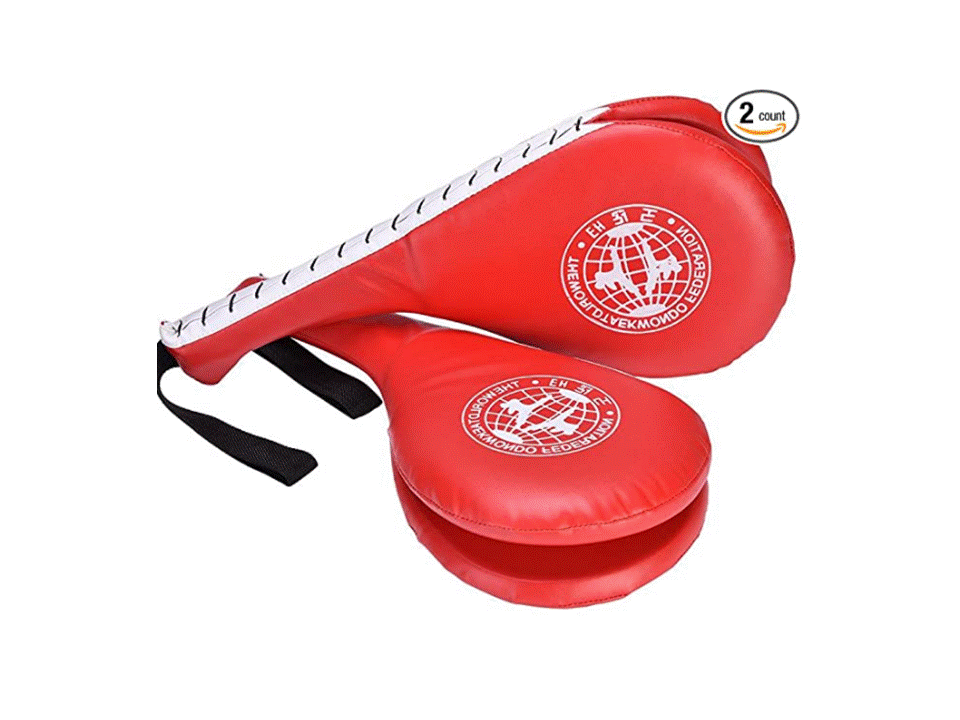


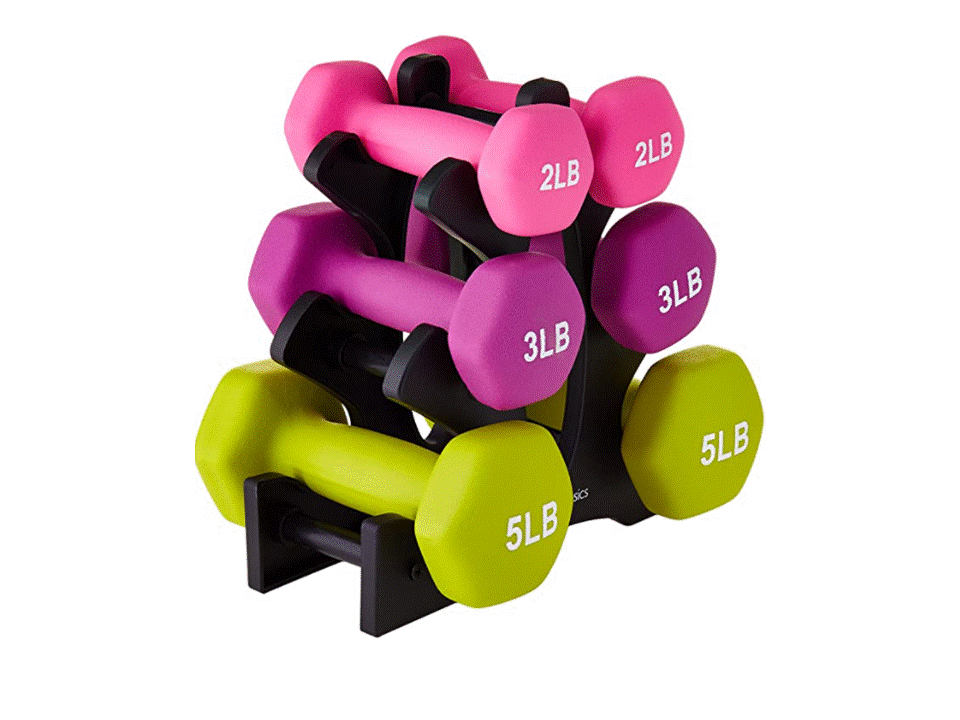
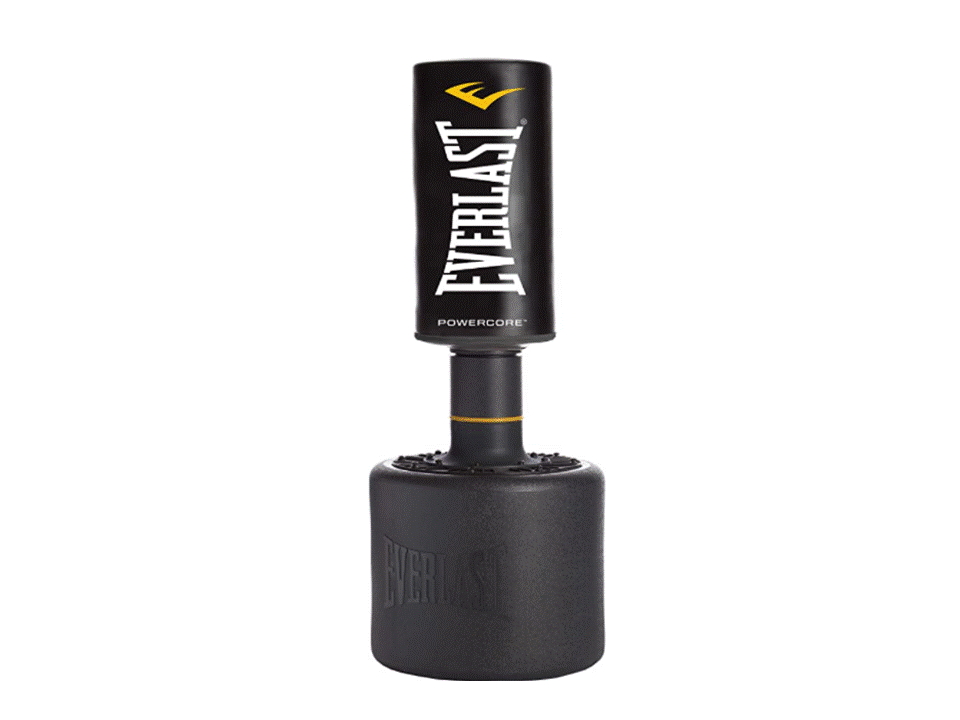
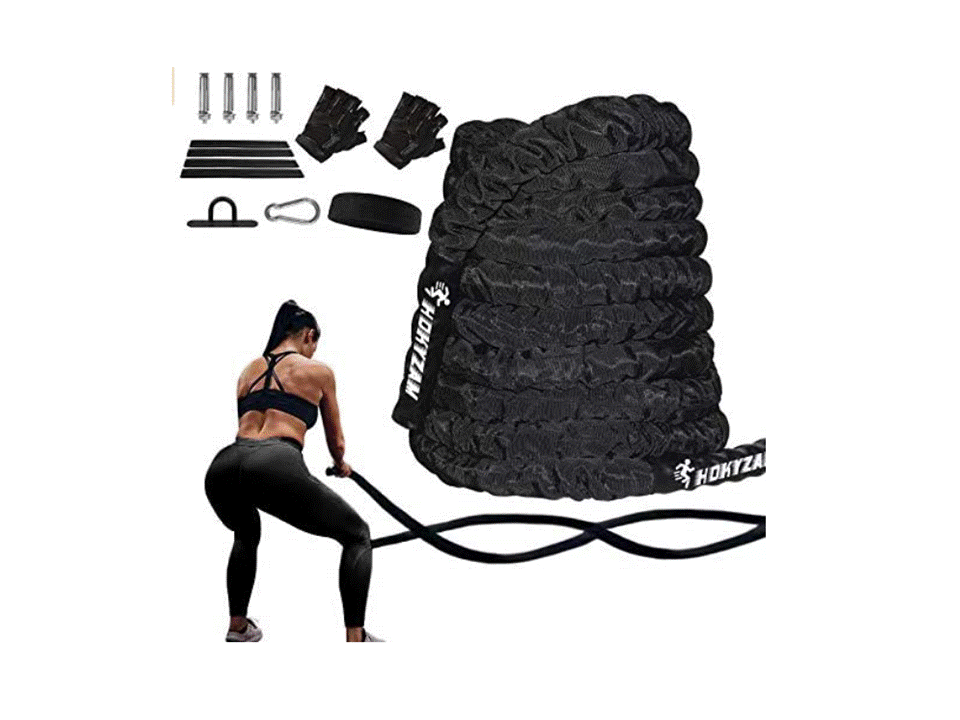













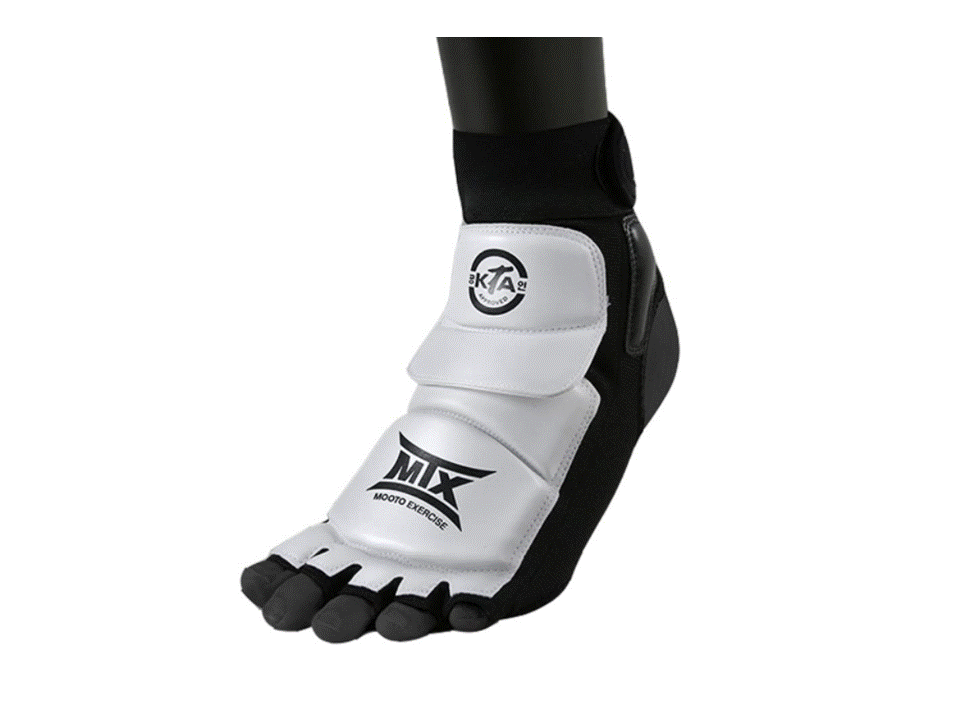
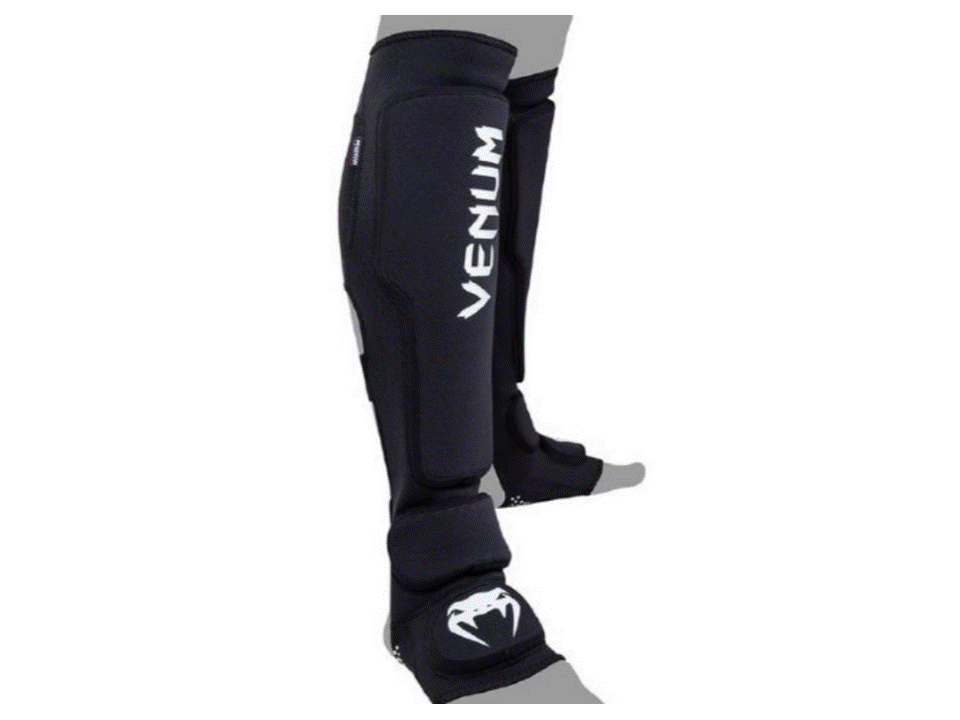
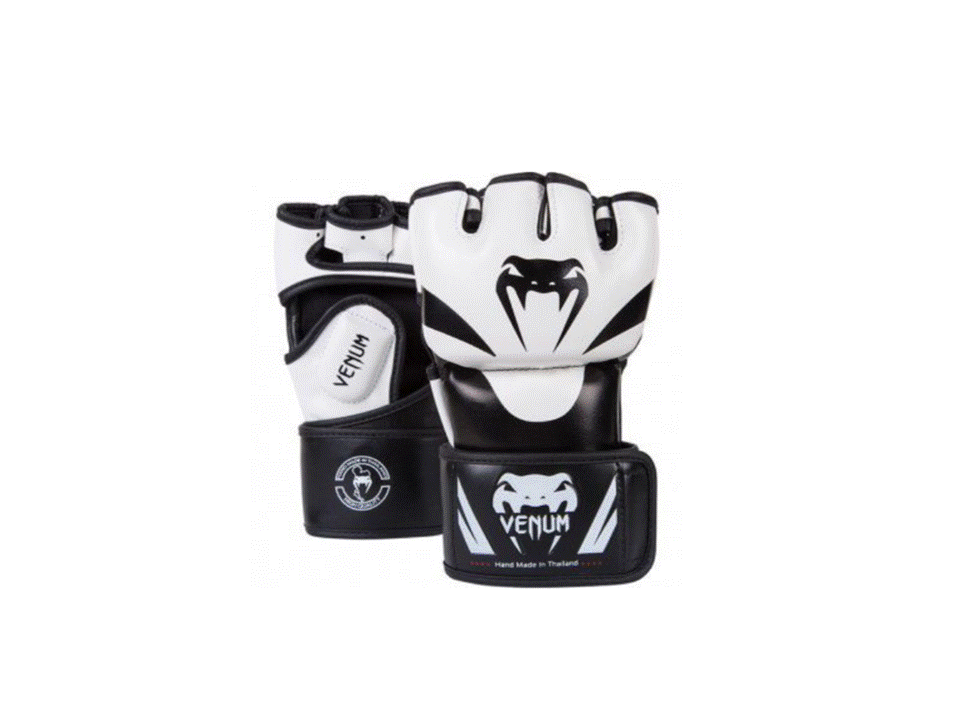

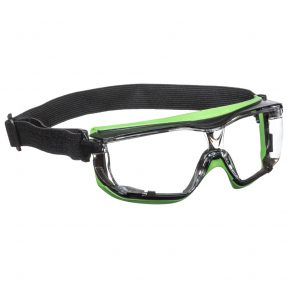










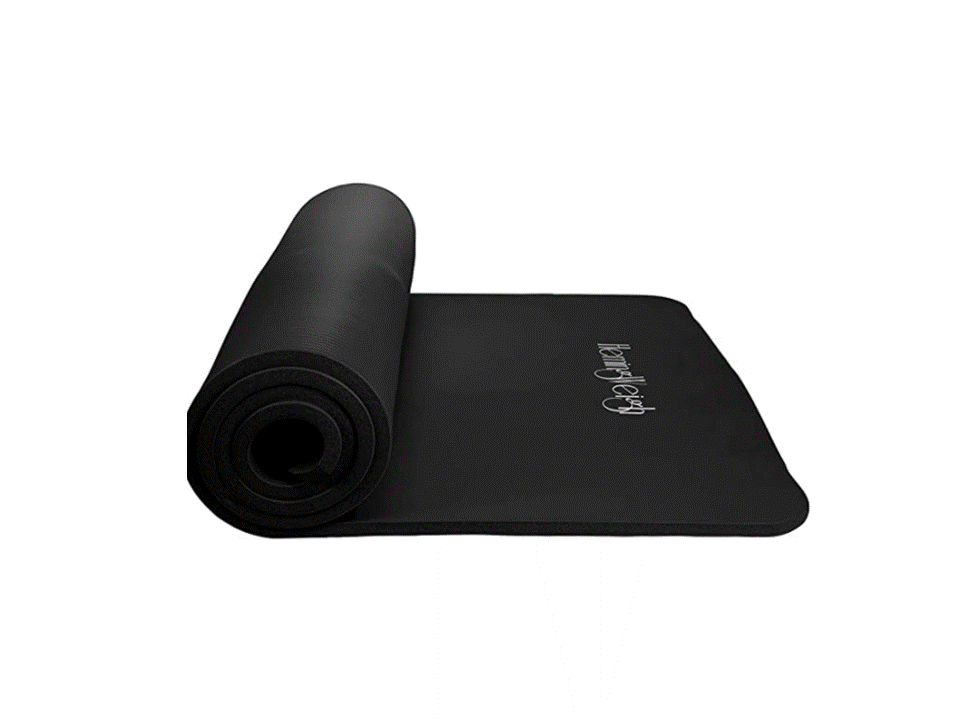
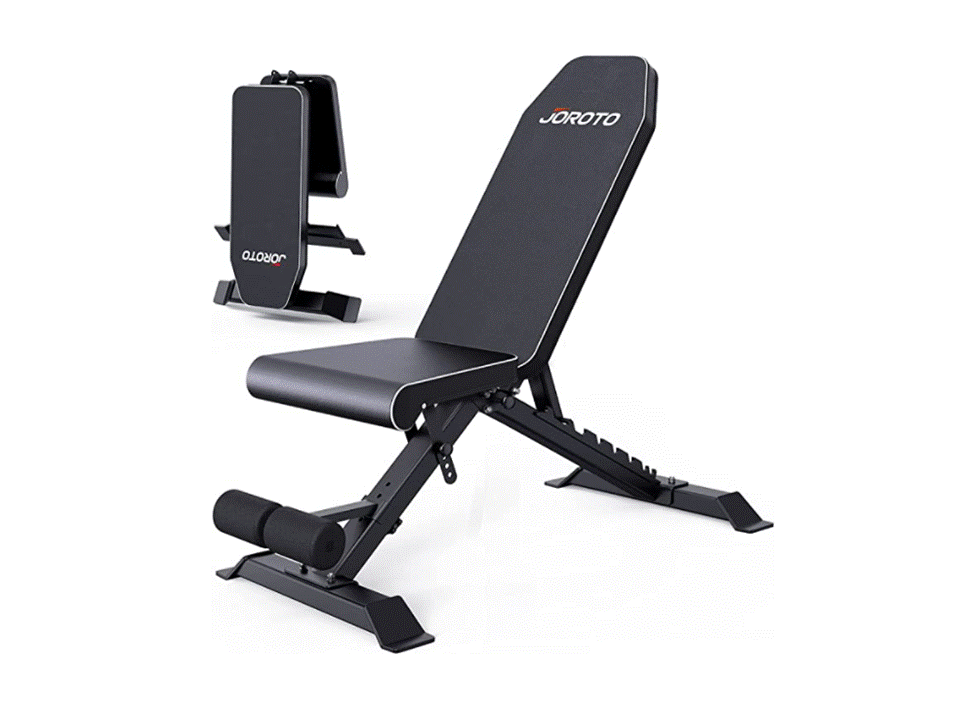













Comments